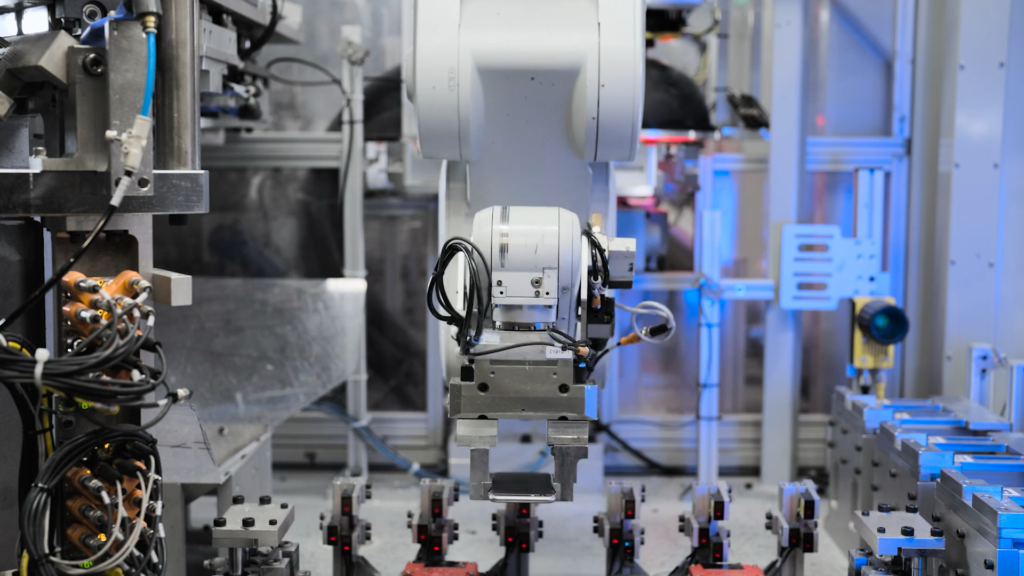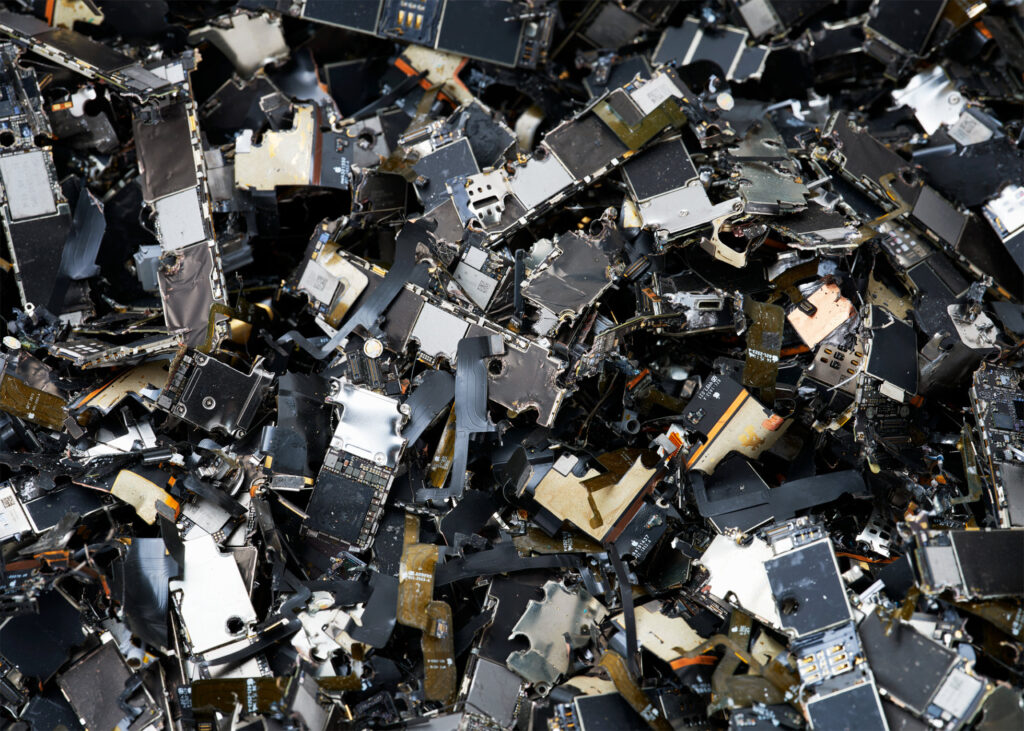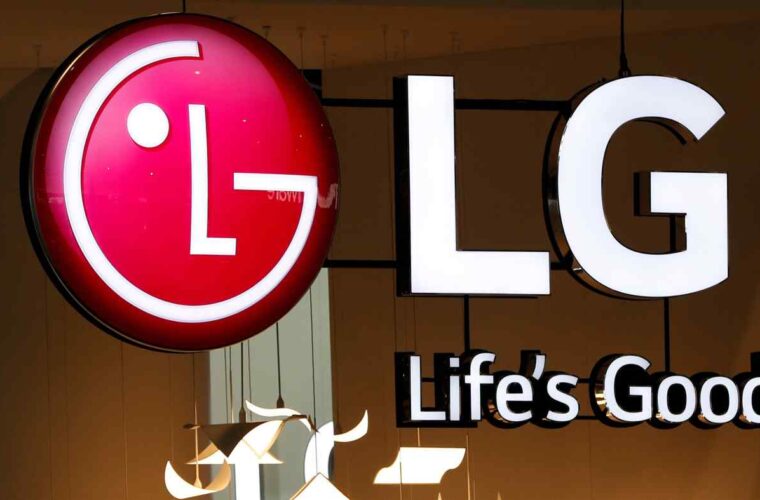Apple has announced ambitious sustainability goals to reduce its environmental impact. In a press release on Monday, CEO Tim Cook highlighted the company’s efforts, including the objective to use 100% recycled cobalt in all Apple-designed batteries by 2025. Additionally, all Apple-designed printed circuit boards will use 100% recycled tin soldering and 100% recycled gold plating. Recent MacBook and iPad models already contain at least 15% recycled material, and the company aims to eventually make all of its products using only recycled and renewable materials.
Making iPhones from iPhones
Apple’s sustainability efforts have been motivated, in part, probably by a 2019 US lawsuit linking the company to child mining deaths in the Congo. Since then, the company has increased its use of recycled metals, such as aluminium, rare earth, and tungsten, to over two-thirds, three-quarters, and 95%. This effort to reduce reliance on newly mined minerals is expected to benefit communities whose livelihoods depend on mining.
Apple has also partnered with organizations such as the Fund for Global Human Rights, the Responsible Business Alliance (RBA), the Responsible Labor Initiative, and the International Labor Organization to support human rights and environmental defenders, particularly in the African Great Lakes region. The company has invested in vocational education programs to help community members move away from mining and pursue new opportunities.


Concerns About Apple’s Transparency
While Apple’s sustainability goals are praiseworthy, some concerns remain regarding the transparency and ethical sourcing of recycled materials. Critics argue that Apple’s announcement needed to provide more information about how the company plans to trace the supply chain of recycled materials. There are also concerns about e-waste, which Apple did not address in its announcement.
In 2023, the Corporate Climate Responsibility Monitor reported that Apple’s offsetting policy could be misleading, as its carbon neutrality claim covers less than 1% of its emissions footprint. Apple has also faced criticism for blocking efforts to strengthen environmental electronics standards that encourage device designs that are easier to repair, upgrade, and disassemble for recycling. The company may only add USB-C connectors to iPhones to comply with EU rules rather than to increase digital inclusivity.
Apple’s environmental efforts have also earned the company commendations, including a B- rating from Greenpeace a few years ago, ranking it second among tech manufacturers after Fairphone.
Daisy: A Promising Solution That Remains Limited
We can’t deny that Apple has been making significant efforts to reduce its environmental impact. According to Lisa Jackson, the company’s Vice President of Environment, Policy, and Social Initiatives, their ambition is “to one day use 100 percent recycled and renewable materials.” As part of these efforts, Apple has been touting the merits of its recycling robot, Daisy, which is capable of separating the various components of iPhones for recycling.
Despite these efforts, there are concerns about the scalability of Apple’s recycling machine. While the company sold over 240 million iPhones only last year, it is currently operating only two Daisy models – one in the Netherlands and one in Texas – each capable of processing 1.2 million iPhones per year. This means that it would take 100 years for them to process just the 2022 iPhone sales. While Daisy is an impressive technological achievement, Apple will need to expand its recycling capabilities significantly to achieve its sustainability goals.



